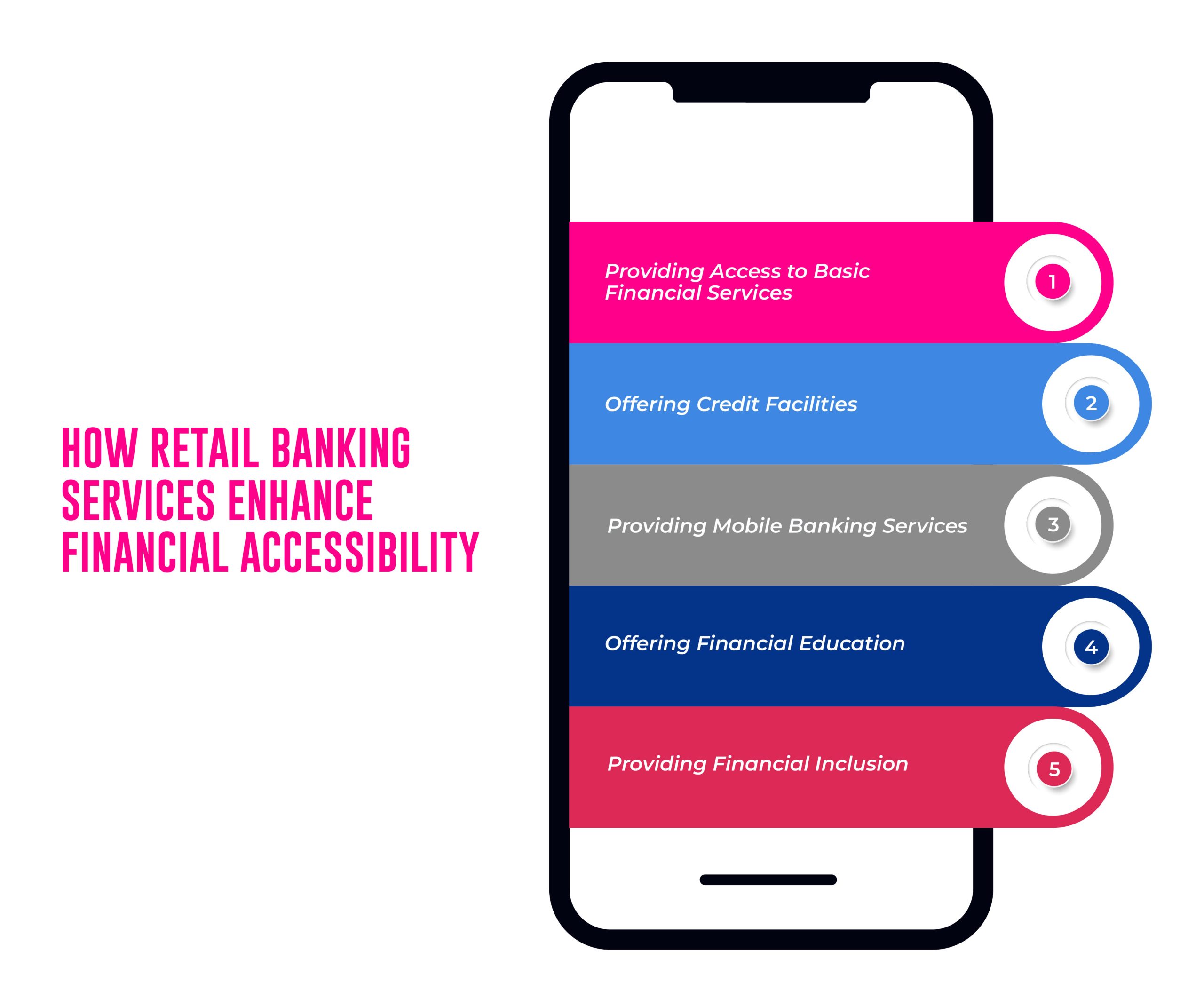In our time when digital advancements dominate, the landscape of retail banking is undergoing a profound transformation, with a primary focus on fostering financial inclusion and accessibility. As financial institutions increasingly embrace the winds of change, the imperative is clear: adapt or risk leaving segments of the population underserved. This blog delves into improving financial inclusion and accessibility in retail banking, exploring recent innovations, digital transformations, and the compelling statistics shaping this evolutionary journey.
One of the notable recent advances is the rise of neobanks and fintech partnerships. These innovative models offer agile, customer-centric approaches to banking, catering to diverse needs. McKinsey’s data suggests that 80% of financial institutions consider partnerships with fintech firms crucial for their innovation strategies. These collaborations result in the creating of products and services that address the specific pain points of underserved communities, propelling financial inclusion forward.
The digital imperative goes beyond conventional banking services. Financial institutions increasingly leverage data analytics and artificial intelligence to assess creditworthiness and provide tailored financial products. This facilitates inclusion and ensures that individuals with limited or no credit history can access essential banking services.
Financial Inclusion in Retail Banking: A Digital Imperative
Recent statistics underscore the urgency and significance of financial inclusion in retail banking. According to the World Bank, nearly 1.7 billion adults remain unbanked, lacking access to essential financial services. In response to this stark reality, retail banks are leveraging digital solutions to bridge this gap. Mobile banking, digital wallets, and online account management have become powerful tools for extending financial services to unbanked and underserved populations.

Retail Banking’s Digital Transformation
The digital transformation of retail banking serves as the linchpin for enhancing financial inclusion and accessibility. A recent survey by Deloitte revealed that 72% of retail banks consider digital transformation a top strategic priority. This commitment to digitalization is not merely a trend but a fundamental shift in how financial services are delivered. Digital banking solutions empower customers with convenient, 24/7 access to their accounts, transcending geographical barriers and traditional banking hours.
Innovations Driving Accessibility
Innovations within the retail banking sector are steering the ship towards enhanced accessibility. For instance, the rise of neobanks and fintech partnerships has introduced agile, customer-centric models that cater to diverse needs. Recent data from McKinsey suggests that financial institutions believe partnerships with fintech firms are crucial for their innovation strategies. These collaborations create innovative products and services, fostering financial inclusivity by addressing specific pain points of underserved communities.
Challenges and Approaches to Success
The path to financial inclusion and accessibility in retail banking is challenging. Regulatory hurdles, technological disparities, and change resistance pose significant obstacles. However, embracing these challenges as opportunities for growth is imperative. Success lies in developing tailored solutions that consider the unique needs of different demographic segments, coupled with continuous investment in technological infrastructure and regulatory advocacy.
Conclusion: Navigating the Future of Retail Banking
As retail banking charts its course towards greater financial inclusion and accessibility, the industry stands at a pivotal juncture. Financial inclusion in retail banking is no longer a choice but a necessity. The digital imperative drives transformative changes, from embracing mobile banking to fostering collaborations with fintech firms. As the statistics resonate, the digital era offers unprecedented opportunities for retail banks to break down barriers, bringing the unbanked into the financial fold and fostering a more inclusive and accessible banking landscape.
The challenges are formidable, but so are the opportunities. By leveraging digital transformations, embracing innovative collaborations, and addressing the specific needs of underserved communities, retail banks can become beacons of financial inclusivity, ensuring that no one is left behind in the digital age.
About Maveric Systems
Starting in 2000, Maveric Systems is a niche, domain-led Banking Tech specialist partnering with global banks to solve business challenges through emerging technology. 3000+ tech experts use proven frameworks to empower our customers to navigate a rapidly changing environment, enabling sharper definitions of their goals and measures to achieve them.
Across retail, corporate, and wealth management, Maveric accelerates digital transformation through native banking domain expertise, a customer-intimacy-led delivery model, and a vibrant leadership supported by a culture of ownership.
With centers of excellence for Data, Digital, Core Banking, and Quality Engineering, Maveric teams work in 15 countries with regional delivery capabilities in Bangalore, Chennai, Dubai, London, Poland, Riyadh, and Singapore.











